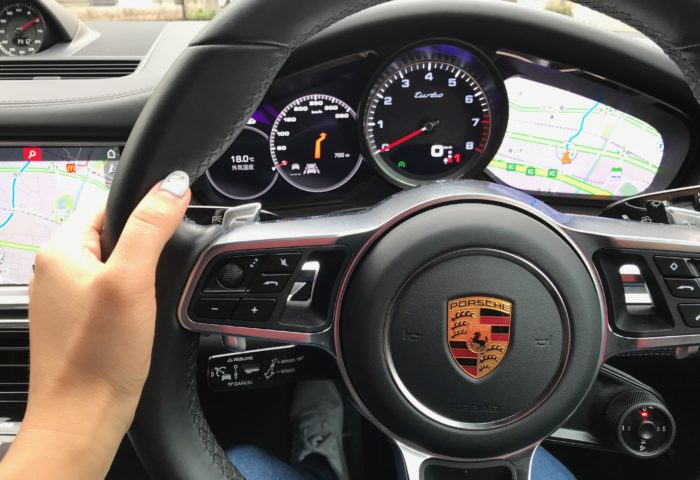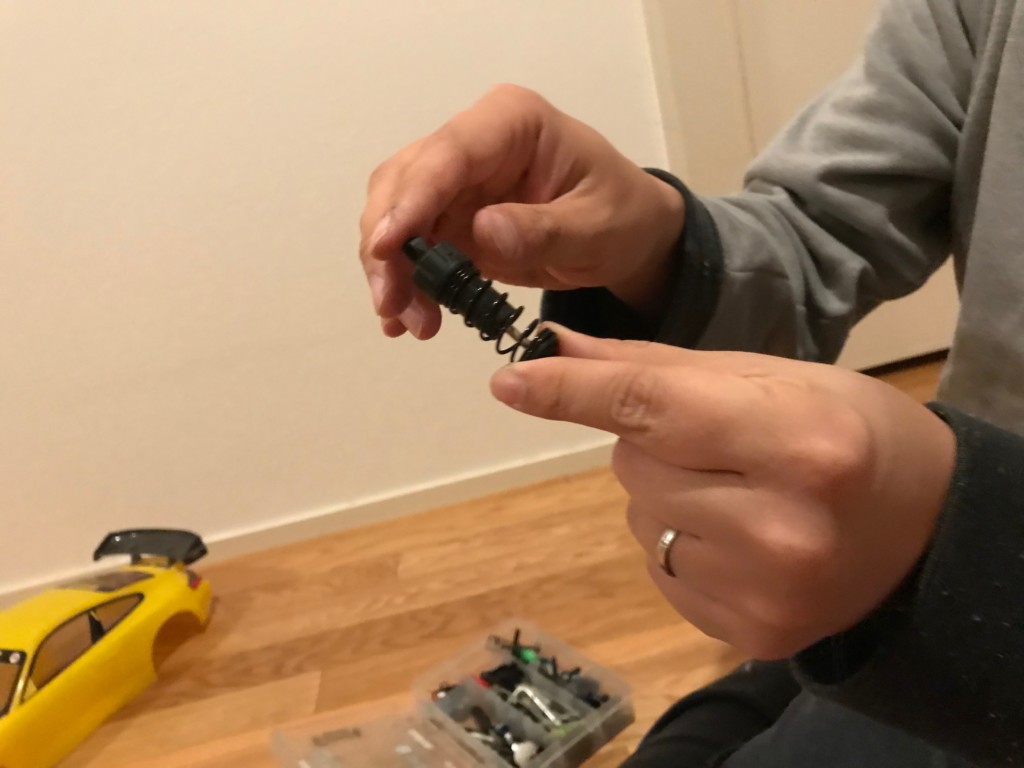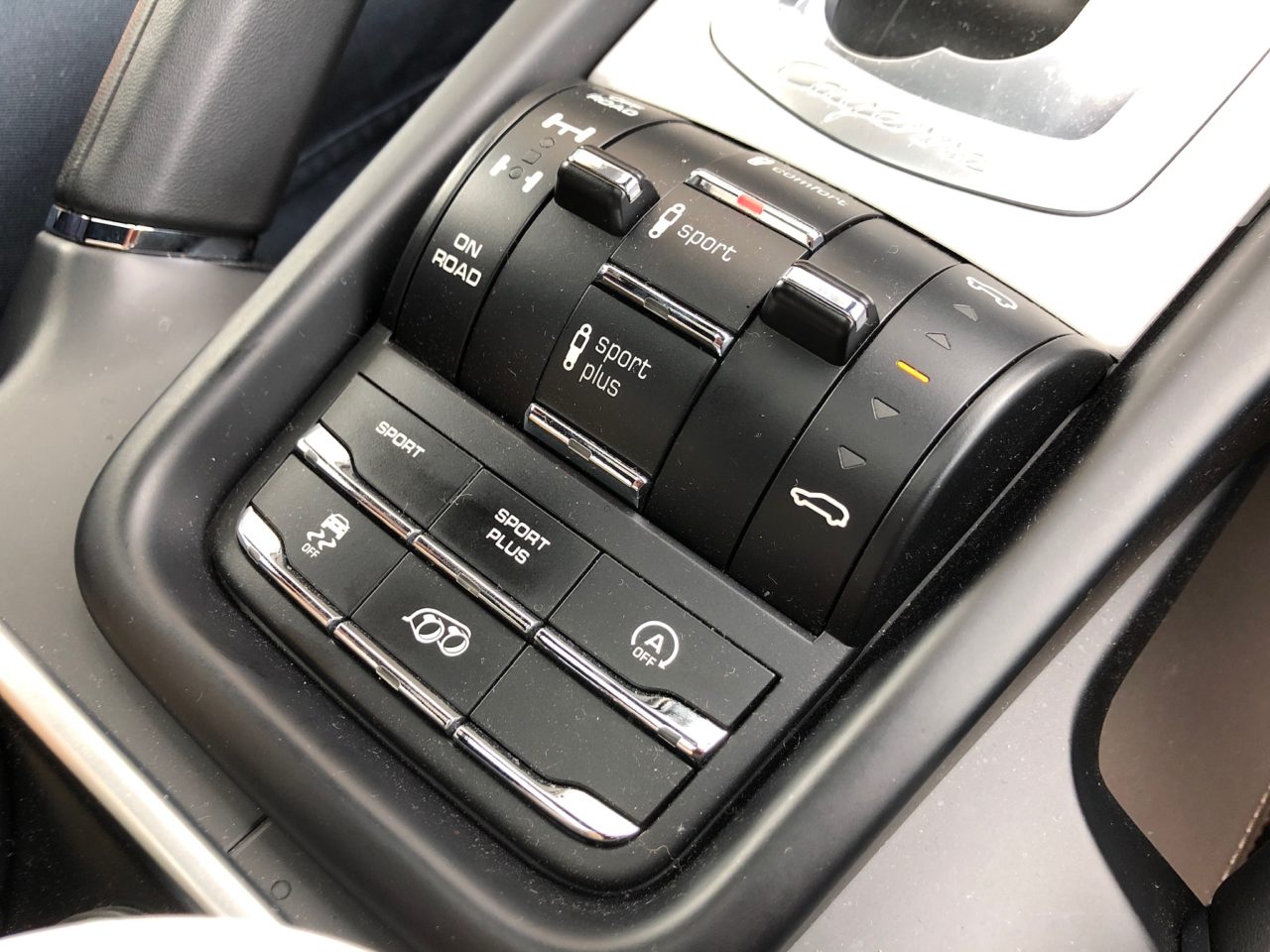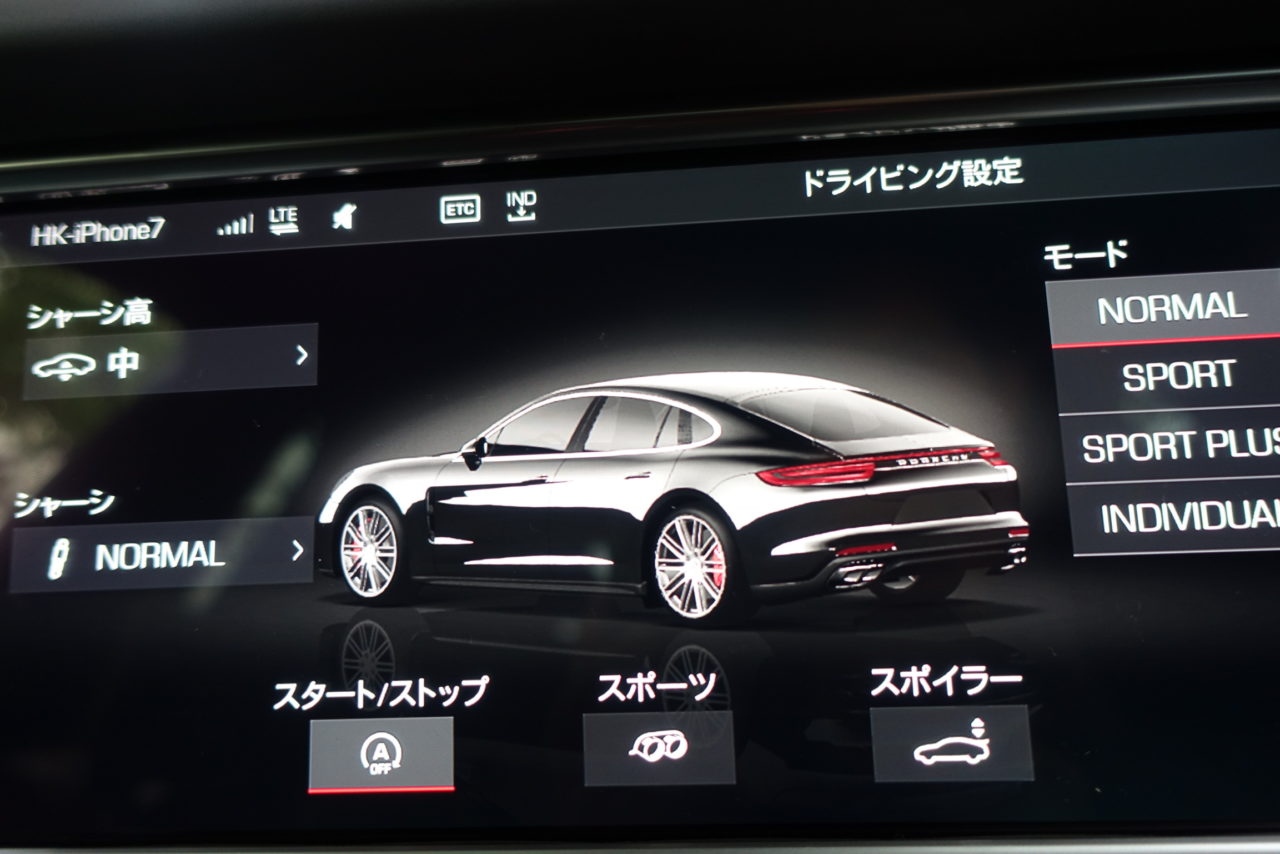Should You Get Porsche’s Popular Option: Air Suspension?
公開日:2020.02.21

コンテンツ
What Is Air Suspension?
The other day, I wrote that if anyone wanted me to review a certain Porsche option, please leave a comment. I received a request saying, “please write about whether air suspension is necessary or not,” so today I’d like to talk about that.
Thank you so much for all the other comments as well. It might take me a little time, but I hope to write review articles in order.
Air suspension is short for “air suspension system.” According to online sources,
it’s a vehicle-specific component that uses air springs (suspension) to adjust the ride height and soften shocks while driving (such as bumps on the road). When going over a step, it raises the car to the maximum height, and while driving, it lowers it as much as possible, allowing the ride height to be controlled according to the situation.
Also, by installing air suspension, comfort is improved and shocks to the vehicle and its cargo are reduced, which is why it’s often fitted on long-haul trucks (buses) and luxury cars.
(Reference article: What is Air Suspension? Benefits, Structure, Price, Ride Comfort, and Differences from Coilovers)
In contrast, there is coil spring suspension, which uses the spring’s rebound force.
Speaking of which, quite a while ago, I asked my husband, “what’s the difference between air suspension and coil spring suspension?” Since I didn’t understand at all, he once took apart a radio-controlled car to explain it to me…

By the way, for Porsche, air suspension is not even offered on 2-door sports cars like the 911, Cayenne, or Boxster; it’s available on the Macan, Cayenne, and Panamera. For example, the current Cayenne offers a 3-chamber air suspension as an option (standard on some trims).
With just the flick of a switch, you can enjoy everything from sporty driving to comfortable cruising, while roll is reduced and handling that’s hard to believe is from an SUV is achieved.

Air suspension control switch on the 958 Cayenne
As for the Panamera, all Japanese-spec models currently come standard with air suspension. When the 971 Panamera was first released, the base model came with coil springs as standard, but shortly after, the Japanese market switched to air suspension as standard.
The Taycan also comes standard with air suspension, according to what I read.
How Does Air Suspension Differ from Coil Spring Suspension?
Air suspension tends to be associated with a softer ride, but which feels better is really a matter of personal preference.
When I asked my husband about the difference in ride comfort between Porsche’s air suspension and coil spring suspension, he said:
For a typical car, personally, I tend to prefer coil spring suspension. But Porsche’s air suspension is different from other manufacturers’—it has no floaty feeling at all, with firm damping, which I like.
The air suspension I liked best was on the early Macan Turbo. It had an exquisite balance of smoothness and sportiness. The ride was silky smooth, yet it felt solid even when pushing hard. On the other hand, the later 958 Cayenne GTS air suspension felt a bit more SUV-like, with noticeable swaying at low speeds. But maybe that’s good for an SUV.
Basically, air suspension generally offers better ride comfort, but what really impressed me was the coil spring suspension on the base model of the current Cayenne. That car had PDCC, which might have helped, but it was the best suspension I’ve personally experienced—super smooth yet firm.
I remember watching the new Cayenne episode of Car Graphic TV, where Matsutoya-san praised it, saying, ‘I thought it was air suspension.’ That made me feel my impression was spot on.
I see… When I asked, “So what’s the advantage of having air suspension?” he said:
Personally, I think the biggest benefit is having more options for ride comfort and driving feel. For example, the 971 Panamera lets you choose from three ride heights: low, medium, and high.
But “high” can only be used at very low speeds, so it’s really only for clearing big bumps. “Medium” is the normal ride height, and at this height, you can choose between normal and sport settings on PASM.
“Low” is automatically selected when PASM is set to Sport Plus. By the way, you can’t combine PASM normal with “low” height; “low” always pairs with PASM sport. It’s a bit complicated, but you can find the best combination for your preferences from various settings.
The Cayenne works similarly, but for it, “low” can only be used at very low speeds or when stopped. I’m not sure why it’s there, but I usually use it just to make the car look cool when taking photos (laughs).
As for resale value, from what I’ve seen in the used market, having air suspension or not doesn’t seem to make much difference.

Air suspension settings screen on the 971 Panamera
Then I asked, “I often see online that air suspension breaks down a lot, but does it really fail often? Our Panamera is almost at 30,000 km and hasn’t had any issues, right?” He replied,
Yeah, I do hear about failures occasionally. But our Panamera has had no problems at all. Air suspension repairs can be expensive, so if you’re buying used, it’s best to get a certified pre-owned car with a good warranty, or be prepared for repair costs if not.
I’d really like to try driving a car with air suspension and one with coil springs back-to-back to really feel the difference…
このブログが気に入ったらフォローしてね!


Comment ( 0 )
Trackbacks are closed.
No comments yet.